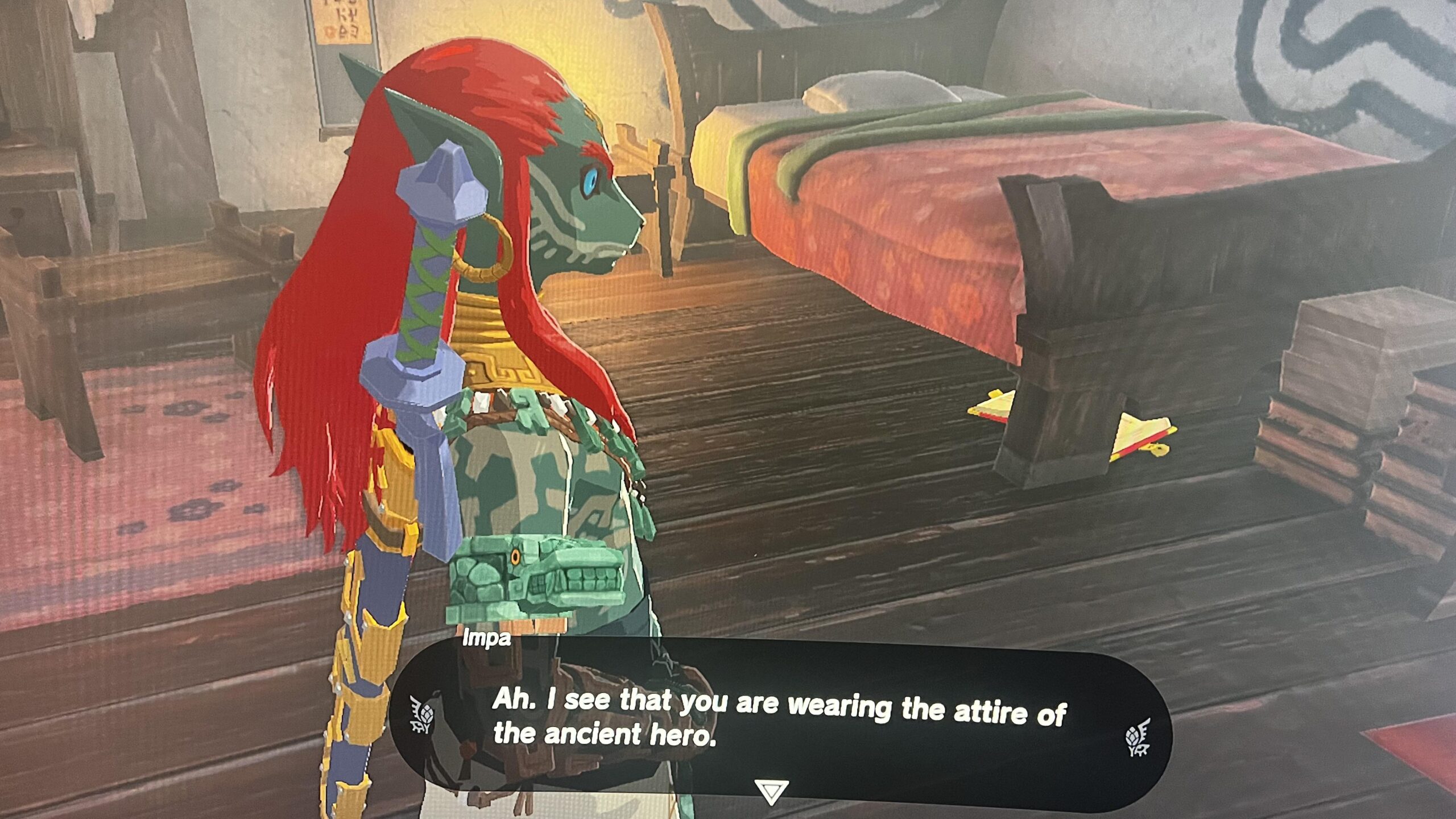Introduction
The concept of heroes has fascinated humanity for centuries ancient hero’s aspect, with ancient cultures providing some of the most compelling narratives. From the mighty Achilles of Greek mythology to the wise King Solomon of biblical fame, these figures embody traits that resonate deeply across generations. Understanding the aspects of ancient hero’s aspect not only enriches our grasp of history but also sheds light on enduring values that continue to shape modern society. This article explores the characteristics of ancient heroes, cultural perspectives on heroism, the narrative framework of the Hero’s Journey, and the lasting legacy these figures have on contemporary life.
As we delve into the realm of ancient hero’s aspect, we will uncover the common traits shared by these legendary figures, analyze their stories within different cultural contexts, and reflect on their relevance in today’s world. By examining the qualities that made these individuals heroic, we can draw lessons that inspire us to embody similar virtues in our own lives. Let’s embark on this exploration of what makes an ancient hero truly remarkable.
1. Defining the ancient hero’s aspect
1.1. Characteristics of ancient hero’s aspect
ancient hero’s aspect are often characterized by a blend of extraordinary traits, including courage, strength, intelligence, and a deep sense of duty. These attributes set them apart from ordinary individuals and often position them as champions of their people. For instance, Achilles, the Greek hero of the Trojan War, is renowned for his unmatched combat prowess and his deep sense of honor. Similarly, Hercules is celebrated not just for his physical strength but also for his determination to complete seemingly impossible tasks.
Across different cultures, we find similarities in heroic qualities. In Mesopotamian mythology, Gilgamesh embodies bravery and wisdom as he embarks on a quest for immortality, learning valuable lessons about friendship and humanity along the way. These heroes often face formidable challenges that test their character and resolve, illustrating the timeless nature of their struggles. Ultimately, the essence of heroism transcends cultural boundaries, uniting these figures through shared human experiences and ideals.
1.2. The Role of Myths and Legends
Myths and legends serve as the vehicles through which ancient hero’s aspect are celebrated and their stories preserved. These narratives play a crucial role in shaping cultural identity, often encapsulating the values and beliefs of the societies from which they originate. Through storytelling, ancient heroes become larger-than-life figures, their exploits serving as moral lessons and reflections of the ideals that a culture cherishes.
The significance of these stories lies in their ability to resonate with audiences across time and space. For example, the tale of Odysseus in Homer’s “The Odyssey” not only recounts his adventures but also explores themes of loyalty, cunning, and the human condition. Such stories encourage individuals to aspire to greatness while also providing cautionary tales about hubris and moral failure. As a result, myths serve as timeless blueprints for understanding the complexities of heroism and the values that guide human behavior.
2. Cultural Perspectives on Heroism
2.1. Ancient Greek Heroes
In ancient Greece, heroes were revered figures often associated with divine ancestry and extraordinary feats. The Greeks viewed heroism through a unique lens that emphasized the pursuit of glory and honor, known as “arete.” This ideal was epitomized by figures such as Odysseus and Theseus, who exemplified not only physical strength but also intelligence and strategic thinking. Odysseus, for example, is celebrated for his cunning and resourcefulness, particularly in overcoming obstacles during his long journey home from Troy.
The philosophical implications of heroism in Greek culture are profound. The Greeks believed that heroes were not infallible; they faced moral dilemmas and personal flaws, making their journeys relatable and human. This complexity allows modern audiences to connect with these ancient figures, seeing them not just as mythological icons but as reflections of human struggles and aspirations. The heroic narratives of ancient Greece thus serve to inspire individuals to pursue their own “arete,” promoting a culture of excellence and ethical conduct.
2.2. Heroes in Other Ancient Cultures
While ancient Greece provides rich examples of heroism, other cultures also have their own legendary figures that embody distinct heroic traits. In ancient Mesopotamia, the Epic of Gilgamesh explores themes of friendship, mortality, and the quest for wisdom. Gilgamesh’s journey reflects the values of his civilization, emphasizing the importance of community and the human experience. Similarly, in ancient Egypt, heroes like Osiris and Horus represent themes of resurrection and the eternal struggle against chaos, highlighting the moral dimensions of leadership and sacrifice.
Cultural values heavily influence how heroes are portrayed and the traits that are celebrated. In many indigenous cultures, for example, heroes often embody a deep connection to nature and the community, reflecting the values of stewardship and collective well-being. By studying these varied portrayals of heroism, we gain insights into the diverse ways that societies define and honor the qualities they cherish, enriching our understanding of what it means to be a hero.
3. The Hero’s Journey: Archetypes and Narratives
3.1. Understanding the Hero’s Journey
Joseph Campbell’s concept of the Hero’s Journey offers a compelling framework for understanding the archetypal narratives that permeate many cultures. This journey typically involves stages such as the call to adventure, the crossing of thresholds, and the ultimate return home with newfound wisdom. Ancient heroes like Odysseus and Hercules perfectly illustrate these stages, as they embark on quests that challenge them physically and morally.
For instance, in “The Odyssey,” Odysseus receives the call to return home after the Trojan War, facing numerous trials that test his resolve and cunning. Each stage of his journey not only contributes to his personal growth but also imparts valuable lessons about loyalty, resilience, and the complexity of human relationships. By analyzing ancient hero’s aspect through the lens of the Hero’s Journey, we can appreciate the universal themes that resonate with audiences, transcending cultural and temporal boundaries.
3.2. Modern Interpretations of ancient hero’s aspect
The narratives of ancient hero’s aspect aspect continue to influence contemporary literature, film, and popular culture. Modern heroes often reflect similar qualities found in their ancient counterparts, showcasing traits such as bravery, moral integrity, and the struggle against adversity. Characters like Katniss Everdeen from “The Hunger Games” or Frodo Baggins from “The Lord of the Rings” draw upon the archetypal hero’s journey, navigating challenges that echo the trials faced by figures like Achilles and Odysseus.
Moreover, these modern interpretations allow audiences to explore timeless themes of sacrifice, courage, and identity. By connectingancient hero’s aspect with contemporary storytelling, we gain insights into the values that persist in our society and the challenges that individuals face in their own journeys. This connection emphasizes the relevance of ancient heroes and highlights how their legacies continue to shape our understanding of heroism today.
4. The Legacy ofancient hero’s aspect Today
4.1. Lessons from ancient hero’s aspect
The lessons derived from ancient hero’s aspectare not only historical but also deeply applicable to modern life. Qualities such as courage, integrity, and the willingness to confront challenges resonate with individuals navigating today’s complexities. For instance, the determination displayed by figures like Gilgamesh encourages us to seek personal growth and self-discovery, reminding us that the journey often holds more value than the destination.
Moreover, the sacrifices made by these heroes serve as reminders of the importance of community and responsibility. In an era where individualism often reigns, revisiting the communal values embodied by ancient hero’s aspect can inspire a renewed commitment to collective well-being. By emulating these timeless qualities, individuals can forge paths of greatness that honor the legacies of their ancient predecessors.
4.2. The Continued Appeal of Heroic Tales
The enduring appeal of heroic tales lies in their ability to inspire and uplift. These narratives remind us of the potential for greatness within each of us and the importance of perseverance in the face of adversity. As societies grapple with various challenges, stories of ancient hero’s aspect provide comfort and motivation, illustrating that the struggle against overwhelming odds is a universal experience.
Furthermore, the moral frameworks established by these stories continue to shape our ethical beliefs and behaviors. They encourage critical reflection on what it means to be a hero in today’s world, prompting individuals to act with courage and integrity in their own lives. The future of hero narratives will likely continue to evolve, but their core message remains steadfast: heroism transcends time, offering inspiration and guidance for generations to come.
Conclusion
The study of ancient hero’s aspect and their aspects provides invaluable insights into the human experience. By examining the characteristics, cultural contexts, and narratives associated with these figures, we can appreciate the enduring nature of heroism. As we navigate the complexities of modern life, the qualities embodied by ancient heroes—courage, wisdom, and a commitment to community—serve as timeless guides.
In reflecting on the legacies of these legendary figures, we are encouraged to explore our own potential for heroism and to carry forth the values that unite us as a society. As we honor the past, we also embrace the opportunity to become heroes in our own right, inspiring others through our actions and choices.




